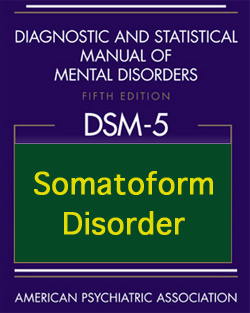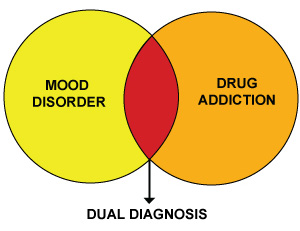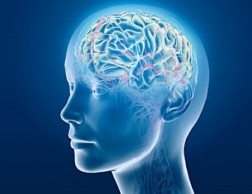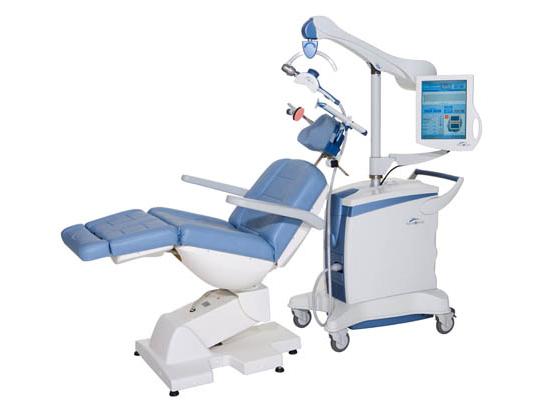Somatoform Disorder is a mental illness that has symptoms of physical injury or sickness that cannot be explained by a specific medical condition or by any other mental disorder. People with this disorder often suffer from anxiety and severe distress because doctors are not able to find a cause for their physical symptoms and discomfort.
Unfortunately, the complications don’t end there. What makes a Somatic Symptom Disorder difficult to diagnose in the first place is that most people living with this mental and physical condition don’t automatically see a psychiatrist. Like anyone experiencing pain or symptoms of physical illness, they go to their general practitioner, who, in many cases, might not consider this diagnosis for some time, if ever.
The Diagnostic and Statistical Manual of Mental Disorders (DSM-5) is the primary reference manual for mental health professionals. The American Psychiatric Association (APA), which publishes the manual, released the fifth edition in May 2013. The DSM-5 included some interesting and controversial updates to somatoform disorder.
What are the Recent Updates to Somatoform Disorder in DSM-5?
 In DSM-5, a new section of the manual called “Somatic Symptoms and Related Disorders” replaces “Somatoform Disorders” in the DSM-IV. Additionally, the APA decided to shift the focus from medically unexplained symptoms to the influence of those symptoms on a person’s actions, feelings and thoughts.
In DSM-5, a new section of the manual called “Somatic Symptoms and Related Disorders” replaces “Somatoform Disorders” in the DSM-IV. Additionally, the APA decided to shift the focus from medically unexplained symptoms to the influence of those symptoms on a person’s actions, feelings and thoughts.
Dr. Kupfer, who held a chair on the DSM-5 task force, writes in a Huffington Post column, “This change encourages comprehensive assessment of patients for accurate diagnosis and holistic care, as it recognizes that mental problems can occur in patients with medical problems and ensure that patients get the care they need for both.”
Here Other Updates to Somatoform Disorders in DSM-5:
- Some criteria for conversion disorder, a mental illness that causes neurological symptoms such as paralysis, numbness or blindness, were changed to emphasize the importance of a neurological examination
- Somatization disorder and undifferentiated somatoform disorder have been combined, and the condition is now called Somatic Symptom Disorder
- Hypochondriasis and pain disorder were deleted
- Psychological factors affecting other medical conditions is an entirely new disorder in this section
Not everyone in the mental health industry is pleased with the somatoform disorder updates though. Dr. Allen Frances, a chair on the DSM-IV task force, has criticized the somatic symptom and related disorder section, calling it “over inclusive.” Dr. Frances pointed to the results of a DSM-5 field test where somatic symptom disorder had a false-positive rate of 7 percent. He suggested that clinicians completely ignore this category.
Getting The Proper Treatment
Because of the extremely complex nature of somatic symptom disorder, patients often go undiagnosed and begin to self-medicate. This can lead to substance abuse and dependency issues that only worsen painful symptoms and further complicate matters.
It is essential for anyone suffering from this disorder to seek treatment in a facility equipped to care for those with a dual diagnosis. Only after a qualified psychiatrist makes a thorough psychological and physical evaluation can the proper forms of treatment and medication be administered. Then the healing can begin.






